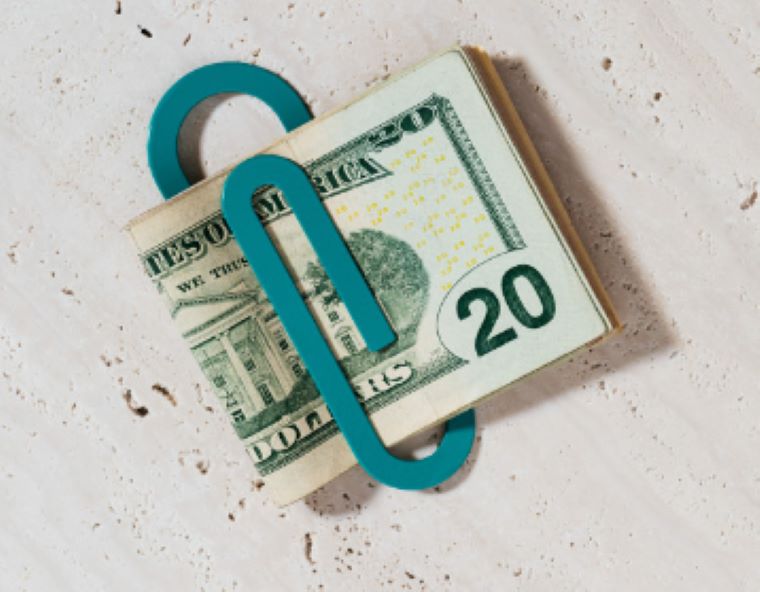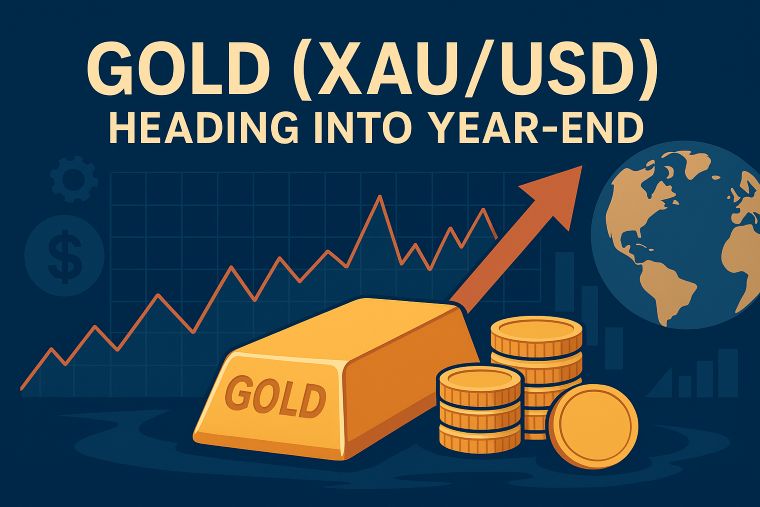3 min to read
The USDJPY pair experienced a modest resurgence in selling pressure
leading to a brief decline to approximately 149.80 yen.

“The USD/JPY pair experienced a modest resurgence in selling pressure, leading to a brief decline to approximately 149.80 yen”
This dip coincided with a drop in U.S. Treasury yields on the same day, with the 10-year U.S. bond momentarily retracting to around 4.90%. As a result, the market witnessed a momentary episode of dollar selling. Despite the pair maintaining a fluctuating pattern around the 150-yen mark, it has not made a decisive attempt to breach the 150-yen threshold. The approach of the weekend also adds the possibility of short-term investors engaging in profit-taking. However, it’s noteworthy that the pair quickly rebounded to its prior levels.
Conversely, the absence of substantial downward pressure has sustained the prospect of challenging the 150-yen milestone, albeit without a discernible trigger. While concerns regarding intervention at higher levels persist, the current volatility in the yen’s exchange rate does not seem to warrant justifying intervention at this point.
The previous day’s foreign exchange market experienced fluctuations following a speech by Federal Reserve Chairman Powell. While Chairman Powell seemed to rule out an imminent rate hike in the upcoming FOMC meeting, he has left the door open to the possibility of additional rate increases. The existing economic landscape, marked by less-than-ideal inflation and employment conditions, stands in contrast to the surging U.S. Treasury yields, which are effectively emulating rate hikes. This situation could be contributing to a sense of caution regarding future rate hikes. Furthermore, given the elevated geopolitical risks in Ukraine and the Middle East, an array of uncertainties stemming from geopolitical factors is prevalent.
In the Eurodollar pair, we observed a resurgence in buying interest, briefly pushing the pair toward the 1.06-dollar range. The 21-day moving average for the day is positioned around 1.0560 dollars, and it appears to be on the cusp of surpassing this level. Despite sporadic signs of buying interest in the Eurodollar pair since October, substantial resistance at higher price levels remains evident. The pair has yet to manifest a self-sustained rebound within the overarching downtrend.
Looking ahead to next week, the European Central Bank (ECB) is set to convene for a board meeting, with a decision to maintain interest rates widely expected. However, there’s growing anticipation that discussions may commence regarding the reduction of reinvestments in government bonds purchased under the Pandemic Emergency Purchase Program (PEPP). Nonetheless, the ECB is rumored to be approaching this topic with caution, particularly in light of the recent expansion in yield spreads across Eurozone bonds. Speculation suggests that while discussions might commence, the timeline for implementation could be relatively extended, potentially exacerbating yield differentials between German and Italian bonds.
Turning our attention to the British pound against the U.S. dollar, we observed a resurgence in buying interest, propelling the pair back into the mid-1.21-dollar range. The 21-day moving average for the day is situated around 1.2185 dollars, signifying the prevailing range-bound trading dynamics.
In light of the recently released September UK retail sales data, which exhibited a more significant decline than anticipated, there are indications that consumers are becoming more conservative in their spending habits amid rising interest rates. This development not only suggests concerns about a substantial dip in personal consumption but also presents the Bank of England with a grimmer economic outlook. The likelihood of a November rate hike has significantly diminished, primarily driven by widespread declines in retail sales, offset only by a marginal uptick in grocery store sales.
Visit XM Official Website.

